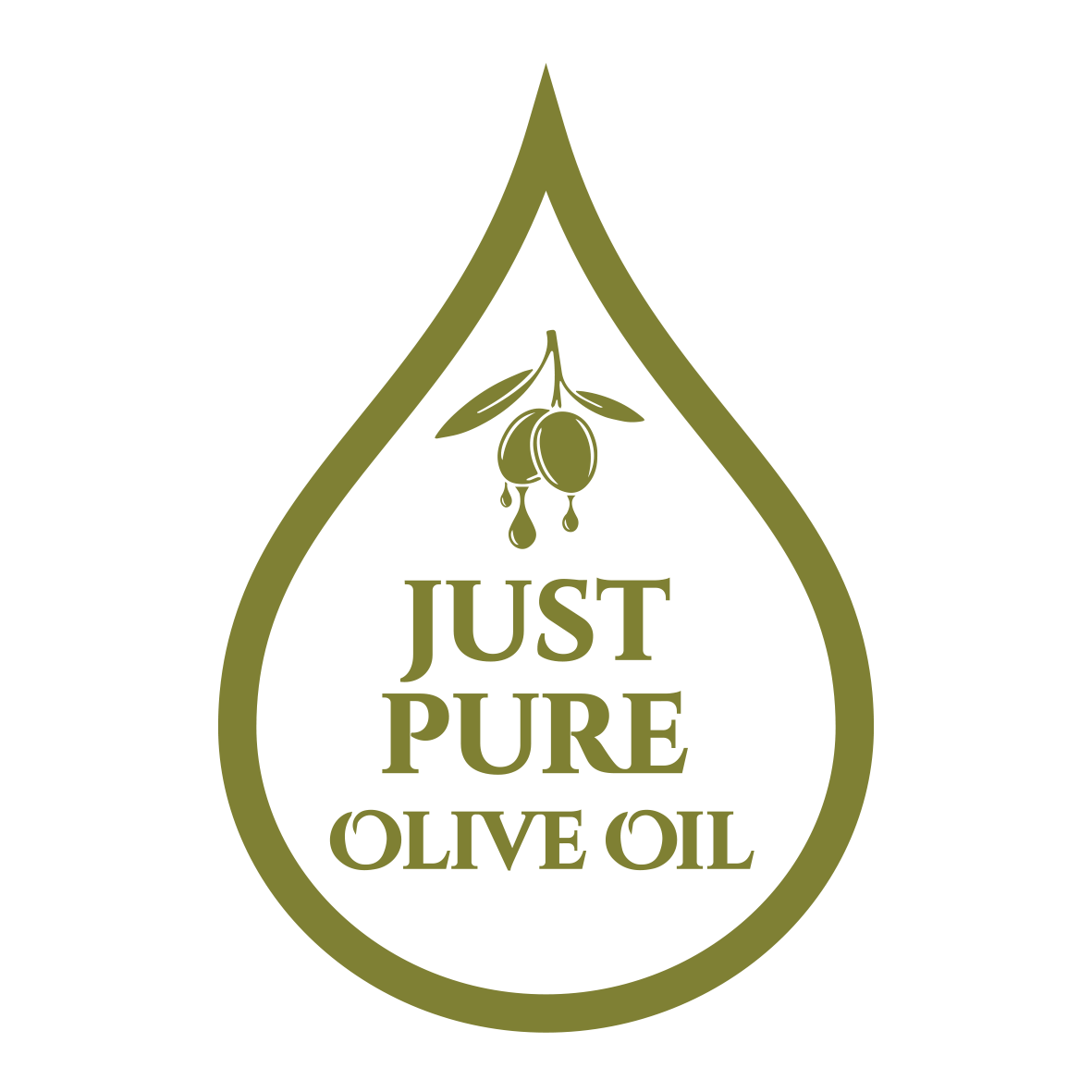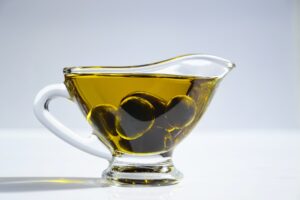Blog

What is First Cold Pressed Olive Oil?
Let’s talk olive oil, a cornerstone of any kitchen.
Whether you’re a culinary novice or a seasoned chef, understanding olive oil and its varieties can transform your cooking experience. As you shop for your next bottle, the term “first cold pressed olive oil” might catch your eye on a label. What does it mean? Simply put, it refers to high-quality extra virgin olive oil made from the first press of olives, using a cold extraction process that preserves the oil’s aroma, flavour, and nutritional content.
But that’s not the only label you’ll see on the shelf. In fact, there will be several varieties vying for your attention. Each with its own blend of flavours and characteristics, all influenced by the specific extraction and processing methods used. We’re here to guide you through the different types of olive oil and to help you learn how the manufacturing process can influence your olive oil’s taste, texture, and health benefits.
Knowledge is power; understanding these nuances can help you choose the best olive oil to meet your culinary needs.
Extra Virgin Olive Oil: The Gold Standard
When we talk about the highest grade of olive oil, extra virgin olive oil (EVOO) stands atop the podium. Often synonymous with terms like ‘first cold pressed olive oil’, ‘cold pressed olive oil’, and ‘cold pressed extra virgin olive oil’ — EVOO represents the most premium selection of olive oil varieties. And to reiterate, it is what people are talking about when they use the term ‘first cold pressed olive oil’ as well. Known for its quality and flavour, EVOO results from a meticulous and delicate production process that values purity and integrity over high-volume yield.
How is this gold standard oil made? The production of EVOO is a carefully controlled process. Only the finest, freshest olives are picked and quickly crushed, often within 24 hours of harvest. And at Just Pure Olive Oil, our producers do it within six hours! This “cold” process, performed at temperatures below 27°C, preserves the olives’ full flavour, aroma, and nutrients. As a result, what we consider the best extra virgin olive oil in Australia can offer unparalleled taste and nutritional value. This is elevated even further when the agrumato method is employed to harmonize flavours like lemon and olive oil into rich, flavour filled concoctions ready for your next meal.
Acidity is a key quality metric in EVOO, with a maximum acidity level of 0.8% as a defining characteristic. This low acidity level contributes to the oil’s exceptional taste. This robust and fruity flavour profile truly sets EVOO apart. And it’s not just about taste; EVOO is nutritionally superior, too, boasting high contents of antioxidants and polyphenols that promote good health. Higher acidity levels degrade some of the healthy fats and antioxidants in olive oil, reducing its nutritional benefits. So that’s why the low acidity of extra virgin olive oil is so important.
Visually, EVOO typically has a vibrant, greenish-gold colour and a thicker texture than lower-grade oils. While EVOO shines brightest when used in salads, dips, and drizzles, where its rich flavour can truly come to the forefront, although lower than some other oils, at around 210°C, its smoke point is still sufficient for most cooking methods. So, the next time you shop for oils, consider the gold standard — extra virgin olive oil. With its supreme quality, flavour, and health benefits, it’s an investment in good food and good health.
Virgin Olive Oil: A Notch Below
Next in line to the gold standard of olive oils is virgin olive oil. While virgin olive oil shares many similarities with its extra virgin cold-pressed olive oil counterpart, there are some notable differences. Like EVOO, virgin olive oil is produced without heat or chemical treatments. However, compared to EVOO, the production process for virgin olive oil allows for slightly riper olives and a less stringent handling process.
In terms of acidity and nutritional content, virgin olive oil exhibits a slightly higher acidity level, up to 2%. This seemingly marginally higher acidity can influence the oil’s flavour and aroma, but it still offers a good taste profile and some nutritional value. It may lack the intense robustness of EVOO, but virgin olive oil typically presents a pleasant, fruity taste with a smooth finish, appealing to those who prefer a milder flavour.
Visually, virgin olive oil can range from golden yellow to bright green, with a slightly less dense texture than EVOO. It carries a smoke point similar to EVOO, making it suitable for various cooking methods, from sautéing to grilling. Virgin olive oil represents a good balance of quality and affordability, serving as a versatile choice for everyday cooking needs, but it’s no replacement for EVOO.
Refined Olive Oil: A Neutral Flavour Choice
As the name implies, refined olive oil undergoes a refining process after extraction. Unlike EVOO and virgin olive oil, this type of oil does not come solely from a mechanical process. After the initial extraction, refined oil is treated to remove any impurities, improving its appearance and shelf life. However, this refining process can also remove some of the oil’s natural characteristics, making it a more neutral choice.
The refining process significantly reduces the oil’s acidity level to often less than 0.3%. While this might seem like a good thing, it’s worth noting that this process also strips away much of the oil’s nutritional content. The naturally occurring antioxidants and polyphenols that make olive oil so beneficial are largely lost, and the rich, robust flavours synonymous with unrefined oils are muted to a very mild, neutral taste. The colour, too, tends to be lighter, often a pale yellow, and the viscosity is thinner than its unrefined counterparts.
Despite these changes, Refined olive oil has a high smoke point (199-243°C), making it a more suitable choice for high-heat cooking methods like frying. While it doesn’t impart much flavour, it’s a practical choice for basic cooking needs where the oil’s flavour isn’t the star of the dish. However, for drizzling over salads, pastas, or any dish where the oil’s flavour plays a significant role, it’s best to reach for the extra virgin varieties instead.
Light Olive Oil: Good for High-Heat Cooking
When you come across “light olive oil” on the supermarket shelf, don’t be fooled into thinking it’s a low-calorie version of your regular olive oil — it’s light in colour and flavour, not in kilojoules. This olive oil variant has been refined to give it a more neutral flavour and higher smoke point than its unrefined counterparts.
Light olive oil undergoes a refining process which is similar to refined olive oil. This involves treating the oil to remove impurities, which results in a lighter colour and texture, often a clear, pale yellow. Unfortunately, much like refined olive oil, this process also decreases the oil’s nutrient content. So while it’s lighter in colour and flavour, it lacks the robustness, healthy antioxidants, and polyphenols found in extra virgin and virgin olive oil.
One of the key advantages of light olive oil is its high smoke point. This makes it a great choice for high-heat cooking methods, such as frying or sautéing, where a neutral oil is required. It allows the flavours of the food to shine through without being overpowered by the oil’s taste. However, richer variants like extra virgin or virgin olive oil are a better fit for dressings or dishes where oil is a star ingredient.
Pomace Olive Oil: Utilising Olive Byproducts
Pomace olive oil presents a resourceful way of making the most out of olives. Derived from the olive pulp, skin, and pits left over after the first pressing, pomace olive oil is the last grade of olive oil. While not as renowned as its extra virgin or virgin counterparts, it has its own place in some kitchens. Though probably not ours, and here’s why.
The production of pomace olive oil involves using solvents and heat to extract the remaining oil from the olive pomace. This method, while efficient, impacts the oil’s characteristics. Pomace olive oil typically has a higher acidity level and less nutrient content compared to the higher grades of olive oil. Its colour varies from golden yellow to light green, and its texture is generally lighter.
Regarding usage, pomace olive oil’s higher smoke point makes it suitable for frying and sautéing. Though its flavour isn’t as robust as extra virgin or virgin olive oil, it can work well in recipes where a neutral oil is needed. Just remember, while it serves a purpose, pomace olive oil lacks the rich flavour and nutrient content of higher-grade oils. Use it accordingly (or not at all).
Why Choose High-Quality Extra Virgin Olive Oil?
High-quality extra virgin olive oil isn’t just a kitchen staple — it’s a game-changer. The complex flavours and health benefits derived from a premium bottle far outweigh those of lower-grade oils or alternative products like ghee. And while the ghee vs olive oil consideration is another topic for another day, we have some definitive advice when it comes to high-quality olive oil. It is essential to be mindful of the quality and authenticity of the olive oil you purchase, as not all products labelled “extra virgin” are created equal.
Surprisingly, a significant number of imported “extra-virgin” olive oils sold in Australia have failed to meet the voluntary Australian Standard for olive oil quality. Recent reports show an alarming 85% failure rate. This underscores the importance of sourcing your olive oil from reputable and transparent brands, ensuring you get what you pay for.
Consider purchasing locally, as Australia has some of the strictest standards for olive oil worldwide. This commitment to quality means that the best olive oil options in Australia are likely some of the finest globally. Apart from supporting local industries, you also get the assurance of an excellent product that adheres to stringent quality controls.
High-quality olive oil boasts an array of health benefits. These oils are a boon for overall well-being, from antioxidant properties to heart health support. Moreover, high-quality olive oils have a distinct taste, aroma, and appearance — all signs of their authenticity. When selecting your next bottle, check labels and certifications. Look for a vibrant, fresh aroma, a rich green colour, and a taste that leaves a slight peppery sensation at the back of your throat. That’s the hallmark of true, high-quality extra virgin olive oil. And that’s what you’ll find in every bottle of Just Pure Olive Oil.
Olive Oil: Understanding, Appreciating, and Exploring Further
We’ve explored the spectrum of olive oils, from the prized extra virgin to the economical pomace. Each variety, with their differing manufacturing process and resulting characteristics, holds a place in the culinary world. Understanding these classifications is important for making the right choice for your kitchen, whether dressing a salad or searing a steak.
The versatility of olive oil goes hand in hand with its health benefits, from heart-friendly monounsaturated fats to an array of potent antioxidants. With such culinary prowess and health perks, it’s worth exploring some of the best olive oil Australia has to offer. So why not broaden your culinary horizon? Try out Just Pure Olive Oil and discover the difference a quality olive oil can make in your dishes. Your flavour-filled journey awaits.





